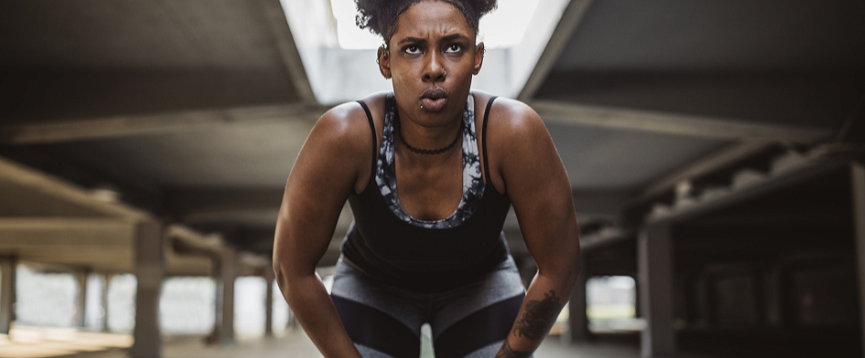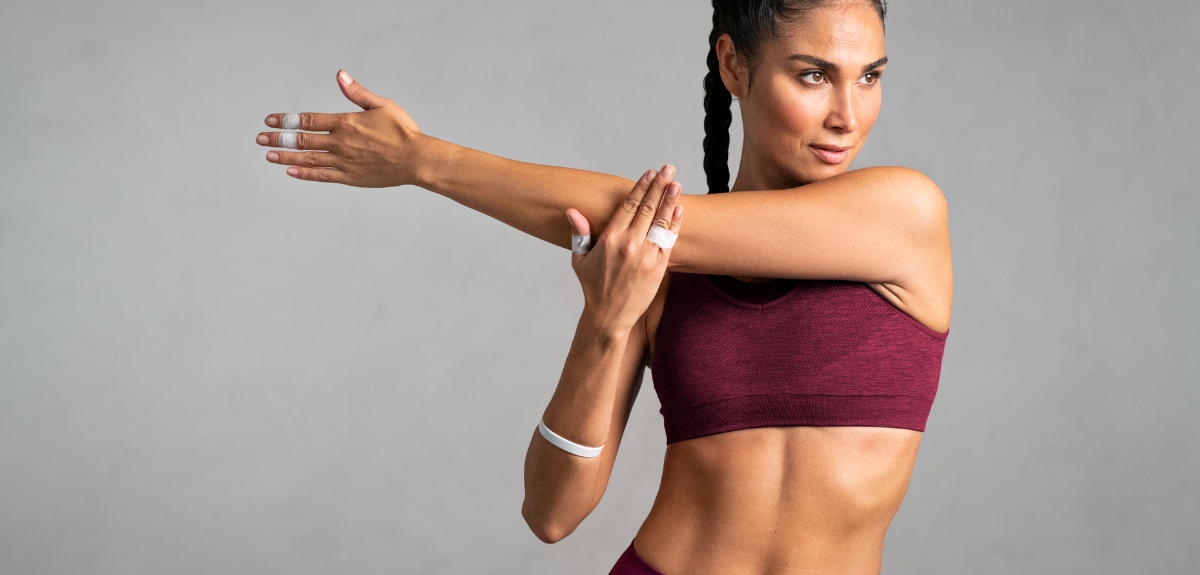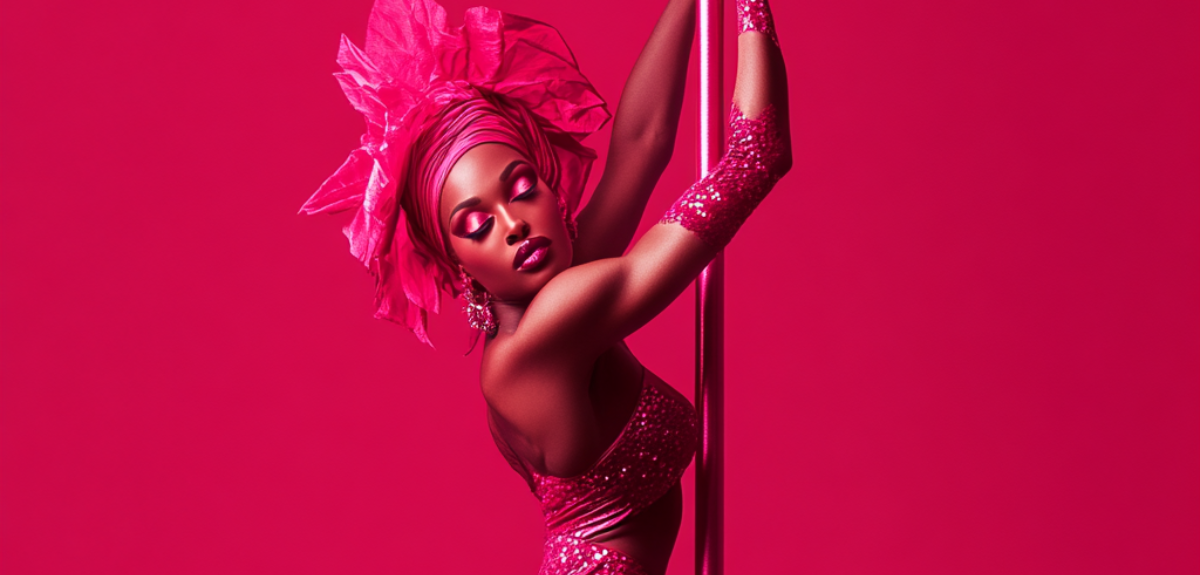
LUPIT pole
Sep 18 - 7 min read


Whether you are a novice embarking on your pole dancing journey or seeking to enhance your existing skills, this guide equips you with the necessary knowledge and tools to fully enjoy the numerous benefits of pole dancing while prioritizing the safety and well-being of your body. Together, let us embark on this exhilarating journey and uncover the transformative power and elegance of pole dancing!
Pole dancing exercise is an incredible form of movement that combines strength, flexibility, and cardio, all while allowing for creative expression. However, like any physical activity, it's crucial to prevent injuries and ensure a productive and enjoyable workout. This chapter will focus on the importance of warming up, adopting the correct stance and pole handling, and strategies for injury prevention.

Before you start twirling and performing gravity-defying moves on the pole, it's essential to prepare your body with a thorough warm-up. Warming up increases your body temperature, enhances blood flow to your muscles, and improves joint flexibility. These changes prepare your muscles for the physical exertion to come, reducing the risk of strains, sprains, and other injuries.
A good warm-up for any pole dancing exercise should involve:
Here are some exercises to include in your warm-up routine:
Remember, the goal of a warm-up is not to exhaust you but to prepare your body for the workout ahead. Listen to your body and adjust the intensity of the warm-up as needed. If you feel any discomfort during these exercises, stop and reassess. It's better to build up gradually than to rush and risk injury.

Proper stance and pole handling are fundamental to both executing moves correctly and preventing injuries. When standing next to the pole, your body should be upright, with your shoulders down and back, and your core engaged. This posture provides a solid base for all pole moves and helps protect your back.
When gripping the pole, your hands should be firm but not overly tight to avoid unnecessary strain. The pole should rest between the base of your fingers and your palm, not in the middle of the palm. This grip provides better control and reduces the risk of slipping. A good grip pad is a must!
When climbing, spinning, or performing other moves on the pole, always ensure that your body is aligned, and you are engaging the right muscles. For example, when climbing, your arms should be pulling you up while your legs push, distributing the effort across your body and preventing overuse of any single muscle group.
Preventing injuries while participating in pole dancing exercises hinges on several key factors:
Safety should always be the top priority when engaging in pole dancing exercises. By warming up properly, maintaining the correct stance and pole handling, and focusing on injury prevention, you can relish the numerous benefits of pole dancing while safeguarding your body's health and well-being.
After an intense pole dancing session, it's crucial to cool down properly to gradually bring your heart rate down, promote muscle recovery, and prevent injury. Cooling down typically involves light cardio followed by stretching exercises. Here's a step-by-step guide to an effective cool-down routine:
Begin your cool-down with 5-10 minutes of light cardio to gradually lower your heart rate. This could be a slow walk around the room, gentle jogging in place, or even some slow dance moves around the pole. The goal is to slow your breathing and heart rate gradually, not to exhaust you further.

After your light cardio, move on to stretching. Stretching after a workout helps to increase flexibility, reduce muscle tension, and promote recovery. Here are some stretches that are particularly beneficial after pole dancing:
Remember, when stretching, you should feel tension but not pain. If a stretch hurts, ease off a bit. Also, try to relax and breathe deeply during your stretches to help your body relax and recover.
After your stretching routine, take a few minutes to relax and breathe deeply. This can help to further reduce tension and stress, promoting recovery and leaving you feeling calm and centered after your workout.
By incorporating a proper cool-down and stretching routine after your pole dancing sessions, you can help to prevent injury, increase flexibility, and promote faster recovery, ensuring you're ready for your next pole dancing workout.
Lastly, it's highly recommended to find a local studio and instructor for more information and guidance. A professional instructor can provide personalized advice, ensure correct technique, and create a supportive and motivating environment. Check out our ambassadors and become inspired!
In conclusion, with the right safety measures, warm-up routine, cool-down techniques, and quality equipment, the many benefits of pole dancing can be enjoyed while keeping the body safe and healthy.